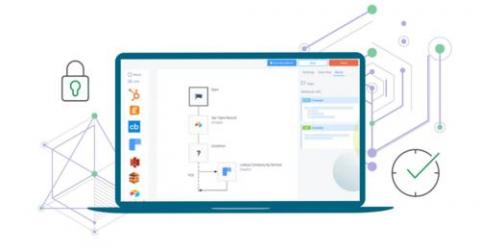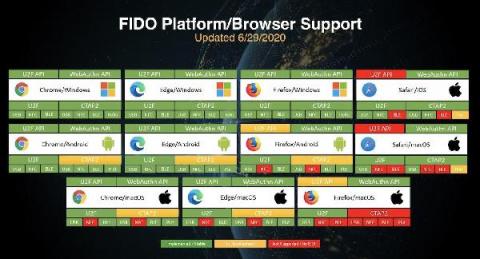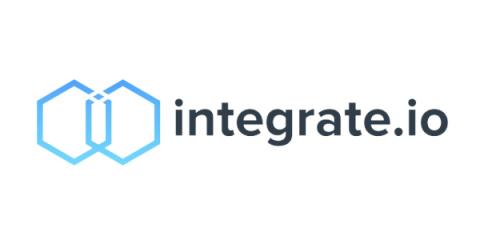React and Respond in the Business Moment With Qlik Application Automation
Unless you’ve hidden under a rock for the past decade, you can’t have failed to notice that data in today’s enterprise is very much alive. It’s always moving, constantly changing, and we’re continually using it to create new business value. However, while data fluidity and visibility have blossomed, the opportunity to use that data to drive business actions seems to have withered in comparison.











